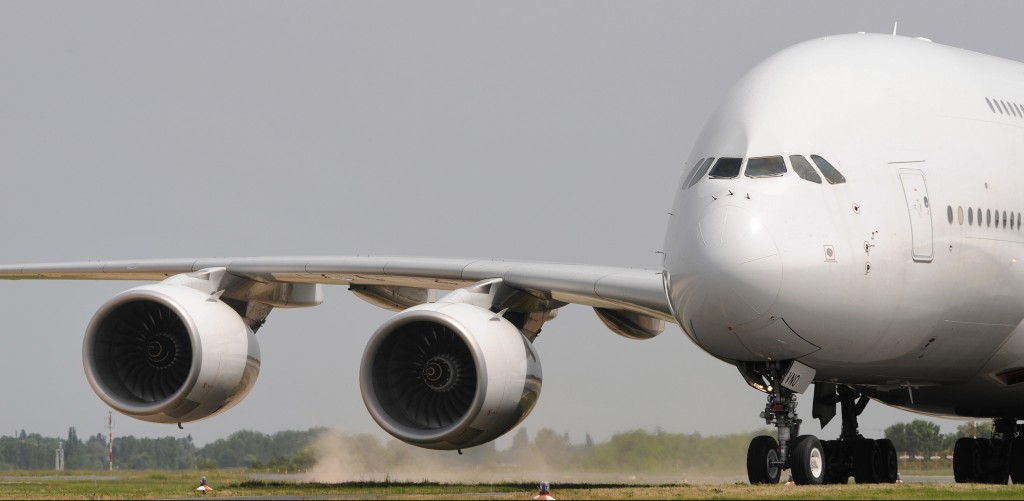The following provides an insight into areas of exposure which may be identified as a secondary or contributing element towards any event under investigation.
As we develop our timeline of the various elements which formed our event, incident or accident we can look in more depth in any area which we are minded to believe we will yield results.
We will often observe that rather than being “isolated” events safety shortfalls or breaches will actually manifest as a system behaviour. We may see a history of small errors and a tendency towards complacency as a precursor to the event.
Moreover we may also find that such “initiating” behaviour is organisational wide and often has a direct bearing on our understanding of Human Factor Behaviours.
The Aviation system is intrinsically technical and complicated and often throws up Un-expected interactions, In fact such interactions may even become contributing factors in any subsequent event.
It becomes incumbent on the organisation to consider the Human Factors related exposures by looking at any “system” shortfalls or deficiencies and to also consider the root causes of any exposures within the organisation.
We understand that following the post incident / accident analysis that it was retrospectively manage the organisation in a way which would have negated the event – (off course it is too late) but it serves to illustrate the need to be proactive and to work in a way that will limit at all times our exposure.
In delivering the most effective SMS approach there is a specific obligation on the management to deliver high level oversight of the system and processes.
As the technology in play within our Aviation system becomes more complex the obligation of the organisation to ensure effective oversight becomes stronger – The organisation Quality Assurance System is obligated to identify any shortfalls in respect of the organisational compliance. However this can become a “disconnect” if the Organisation is not developing its Management systems to rise to the challenge of effective oversight.
A simple question becomes how do we as an organisation measure the effectiveness of this “or that” particular element? Simple compliance auditing does not in general ask this question.
Elements to look for in an effective system include:
- A genuine approach to Safety as a fundamental driver by senior managers
- Manager’s willingness and ability to embrace criticism in a positive way.
- A strong and positive reporting climate in respect of Safety issues
- Effective safety communication (note a twice yearly Newspaper is NOT effective communication)
- Real Process and Procedures throughout the business which are understood and embraced by all in the organisation.
- An awareness of what are the hazards we face in our own particular business areas.
Finally we must ensure that our employees are knowledgeable, well trained, and fully briefed on the consequences of unsafe acts.
Sofema Aviation Services offers a range of SMS Training courses, both as Open and In Company training. For details of available training courses please see www.sassofia.com or email office@sassofia.com




